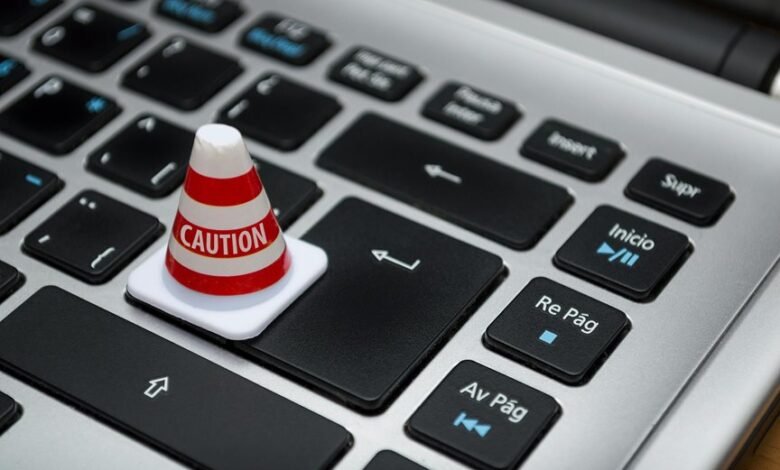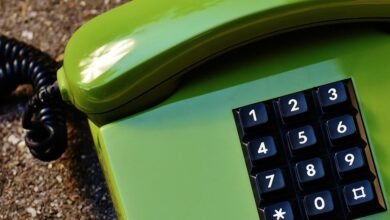Suspicious Caller Tracking & Protection Office 3246217999 3533405380 3513114458 3517371944 3276982475 3510919092

The emergence of suspicious caller tracking has become a focal point for enhancing community safety. Numbers such as 3246217999 and 3513114458 have raised significant concerns regarding potential scams. Analyzing these patterns can reveal the tactics employed by fraudsters. Additionally, understanding the tools available for identifying these threats is essential. What measures can individuals take to safeguard their privacy against such intrusions? The answer lies in systematic approaches that empower communities.
Understanding the Risks of Suspicious Callers
How can individuals effectively safeguard themselves against the pervasive threat of suspicious callers?
Understanding caller motivations is crucial in identifying scams. Suspicious callers often exploit vulnerabilities, utilizing tactics that invoke fear or urgency. By recognizing these behavioral patterns, individuals can mitigate risks.
Employing critical analysis of incoming calls enables a proactive approach to discern legitimate contacts from potential threats, ensuring personal safety and autonomy.
Tools for Identifying Fraudulent Numbers
The landscape of telecommunications has evolved, leading to an increase in tools designed to identify fraudulent numbers.
Caller ID technologies now integrate advanced algorithms to discern legitimate callers from potential threats. Additionally, reporting systems enable users to flag suspicious numbers, creating a database that assists others in avoiding scams.
These tools empower individuals to reclaim their autonomy in communication, enhancing overall security and awareness.
Best Practices for Protecting Your Privacy
While tools for identifying fraudulent numbers provide a valuable layer of defense, protecting personal privacy requires a multifaceted approach.
Users should regularly update privacy settings on devices and applications to limit data sharing.
Implementing call screening features can further enhance security by filtering unknown contacts, thereby reducing the likelihood of engaging with potential scammers and preserving individual autonomy in communication.
Steps to Take When Receiving Suspicious Calls
What actions should one consider when confronted with a suspicious call?
Initiate caller verification by refusing to provide personal information.
Document the details, including time and number, to facilitate reporting procedures.
Report the incident to relevant authorities or telecommunications providers to enhance communal awareness.
Remaining vigilant and informed empowers individuals, fostering a proactive stance against potential threats posed by fraudulent callers.
Conclusion
In conclusion, the vigilance against suspicious callers demands awareness, action, and advocacy. By identifying fraudulent numbers, employing protective tools, and adhering to best practices, individuals can safeguard their privacy and well-being. Each step taken—whether reporting a suspicious call, educating others, or utilizing technology—contributes to a collective defense against threats. Ultimately, fostering a proactive community not only enhances personal security but also cultivates a culture of informed resilience against the ever-evolving landscape of telecommunication fraud.





